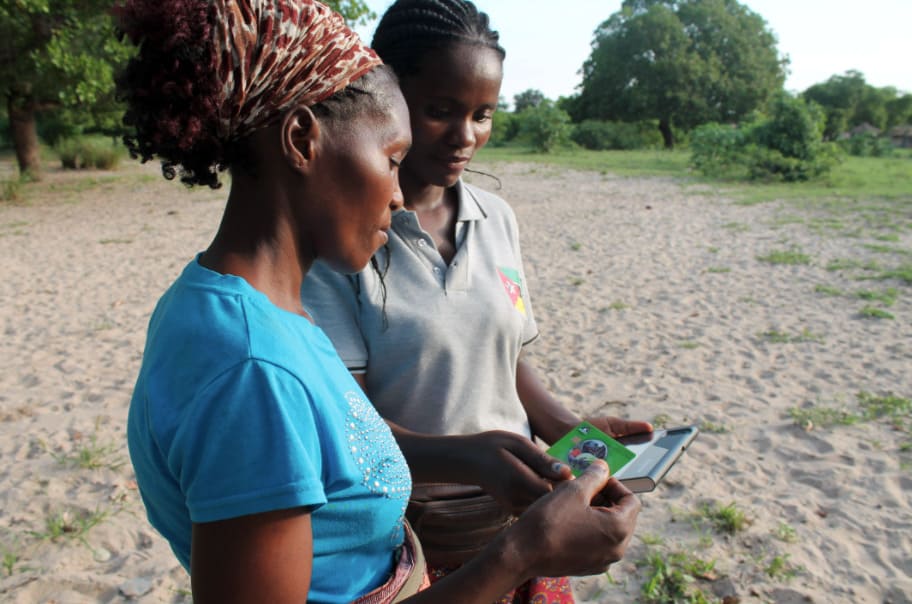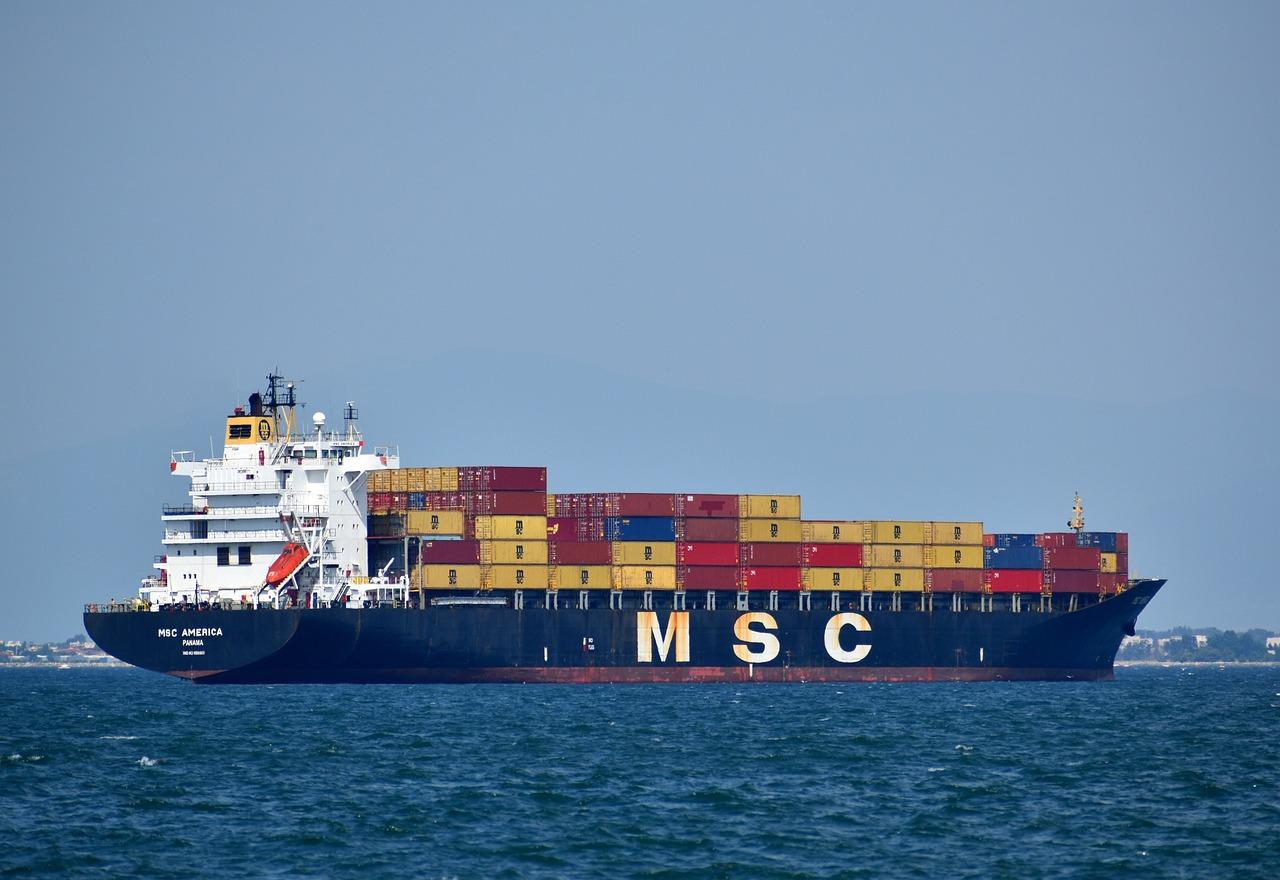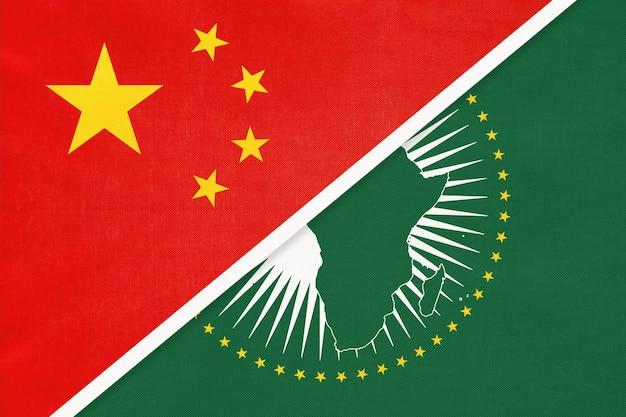Introduction
Financial inclusion is a critical enabler of inclusive economic growth and poverty reduction. It allows individuals, especially the poor and marginalized, to save securely, access credit, invest in their futures, insure against risks, and participate meaningfully in the economy. In Africa, where millions of people remain unbanked or underbanked, expanding access to inclusive financial services is both a moral imperative and an economic opportunity.
Over the past decade, Africa has witnessed ground-breaking innovation in financial technology—particularly mobile money—that has enabled millions to access basic financial services for the first time. Yet despite this progress, significant gaps remain. Women, rural communities, informal workers, and small businesses still face multiple barriers in accessing affordable, relevant, and trustworthy financial products.
This article explores the current state of financial inclusion in Africa, examines the key barriers to progress, and identifies strategic opportunities to expand access to inclusive financial services—especially through digital innovation, regulatory reform, and community engagement.
The Financial Inclusion Landscape in Africa
According to the Global Findex 2021, about 55% of adults in sub-Saharan Africa have an account at a financial institution or with a mobile money provider. This marks a significant improvement from just over 23% in 2011, driven largely by the mobile money revolution in East Africa. Platforms like M-Pesa in Kenya, MTN Mobile Money in West Africa, and EcoCash in Zimbabwe have become global success stories, providing payment and savings services to millions previously excluded from formal finance.
However, disparities persist. In many countries, access to full-service banking remains limited to urban areas. Formal credit penetration is below 10% in most countries. Women are still 12% less likely than men to own a financial account, and rural populations often rely on informal lenders, rotating savings groups, or cash-based systems. Micro, small, and medium-sized enterprises (MSMEs), which form the backbone of African economies, frequently struggle to access working capital and growth finance due to collateral requirements, high interest rates, and information asymmetries.
Moreover, many financial services remain expensive, complex, or poorly aligned with the needs of low-income users. Without adequate consumer protection, financial literacy, or infrastructure, digital inclusion can also become a source of exclusion or exploitation.
Key Barriers to Financial Inclusion
Several structural and operational barriers hinder the expansion of inclusive financial services in Africa:
- Limited Physical and Digital Infrastructure
While mobile phone penetration is high, many regions lack reliable internet, electricity, or secure agent networks. In rural and underserved areas, people often travel long distances to reach banking agents or mobile money kiosks. Digital divides, especially along gender and age lines, exacerbate exclusion. - High Costs and Unaffordable Products
Transaction fees, account maintenance charges, and minimum balance requirements deter low-income individuals from using formal services. Small businesses also face high collateral requirements and unfavourable loan terms. Insurance and savings products are often designed without consideration for the cash-flow realities of informal workers. - Low Financial and Digital Literacy
Many users lack the confidence or knowledge to navigate formal financial systems. They may not understand how to use mobile wallets, assess loan terms, or resolve disputes. Scams and fraud further erode trust in digital financial services, especially among first-time users. - Regulatory and Policy Constraints
Inconsistent regulatory frameworks, excessive KYC (know-your-customer) requirements, and lack of interoperability between providers hinder market growth. Cross-border payments remain slow and costly due to currency controls and fragmented payment systems. - Gender and Social Norms
Women often face multiple layers of exclusion—lack of ID documents, lower mobile phone ownership, restricted mobility, and limited decision-making power in financial matters. These barriers are particularly acute in conservative or rural communities. - Weak Credit Infrastructure
Many African countries lack robust credit bureaus, financial registries, or digital ID systems that allow lenders to assess risk effectively. This makes it difficult for people without formal employment or bank history to access credit.
Opportunities to Expand Inclusive Finance
Despite these challenges, Africa is uniquely positioned to leapfrog into a new era of inclusive finance, powered by innovation, technology, and policy reform.
1. Digital Financial Services (DFS) and Fintech
Mobile money platforms remain the cornerstone of financial inclusion in Africa. Beyond peer-to-peer transfers, providers are expanding into merchant payments, bill payments, savings, lending, and insurance. Fintech start-ups are introducing pay-as-you-go models, AI-driven credit scoring, and blockchain-based remittance systems that lower costs and widen access.
E-wallets, virtual cards, and embedded finance solutions are enabling gig workers, farmers, and traders to manage their finances more efficiently. Partnerships between fintechs and traditional banks or telecoms are unlocking new customer segments and improving product diversity.
2. Agent Banking and Community Distribution Models
Agent banking—where local shopkeepers or mobile agents offer financial services—has revolutionized access in remote areas. Expanding these networks, improving agent liquidity, and supporting agent training can deepen financial penetration. Some countries are also piloting community-based banking models and cooperative platforms tailored to women and smallholder farmers.
3. Inclusive Credit and Microfinance Innovations
Alternative credit scoring, based on mobile usage, e-commerce activity, or social networks, is helping more people access loans without formal collateral. Digital micro-lending platforms like Tala, Branch, and Jumo are providing small-ticket loans to first-time borrowers, while integrated agri-finance models are linking farmers to input credit, crop insurance, and market payments.
4. Regulatory Sandboxes and Interoperability
Forward-thinking regulators are embracing innovation through sandboxes—controlled environments where fintechs can test new products under regulator oversight. Harmonizing digital KYC, promoting open banking, and ensuring interoperability between mobile money and bank systems will reduce friction and increase user trust.
5. Government-to-Person (G2P) Payments and Social Protection
Digitizing government payments such as pensions, grants, and wages can onboard millions into formal finance. Countries like Togo, Kenya, and South Africa have used mobile transfers to reach vulnerable populations during COVID-19, illustrating the potential of digital finance for inclusive social protection.
6. Financial Literacy and Consumer Protection
Financial education campaigns, delivered via radio, SMS, apps, or community sessions, are essential to empower users. Strong consumer protection frameworks—covering grievance redress, data privacy, and transparency—are needed to build confidence and reduce exploitation.
Integrating Women and Youth into Financial Systems
Targeted interventions are required to bridge the gender and youth gaps in financial access. These include:
- Subsidized mobile phones and SIMs for women
- Group-based savings and credit programs tailored to women’s needs
- Youth-friendly digital wallets and payment platforms
- Financial education in schools and vocational programs
- Mentorship and capital access for youth-led enterprises
Promoting financial inclusion for these groups not only empowers individuals but also drives broader economic and social development. Women reinvest more in families and communities, while youth-led innovation contributes to resilience and growth.
The Role of Policy, Institutions, and Partnerships
Governments play a critical role in creating enabling environments for inclusive finance. National financial inclusion strategies, digital ID systems, and credit infrastructure must be prioritized. Central banks and financial authorities should embrace innovation while safeguarding stability and trust.
Public–private partnerships are essential. Banks, fintechs, mobile operators, and development institutions must collaborate to design, deliver, and scale inclusive products. Donors and DFIs can de-risk investment, fund infrastructure, and support consumer protection efforts.
Regional integration and cooperation—especially under frameworks like the African Continental Free Trade Area (AfCFTA)—can streamline cross-border payments, harmonize standards, and create a larger market for inclusive finance.
Finance as a Tool for Empowerment and Equity
Inclusive financial services are more than just tools—they are lifelines that connect people to opportunity, dignity, and economic participation. In Africa, expanding access to these services is one of the most powerful levers for unlocking human potential and driving equitable development.
The challenge now is to ensure that financial inclusion is deep, meaningful, and inclusive—reaching the last mile, closing gender gaps, protecting consumers, and building systems that serve the public good.
With bold policies, digital innovation, and community engagement, Africa can build a financial ecosystem that is not only inclusive—but empowering.



